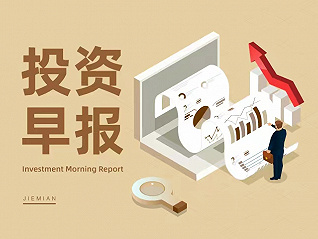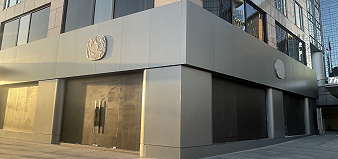國內(nèi)精品??_日韓歐美亞洲圖片_.手.動.輸.入.網(wǎng).址.聯(lián).系.客.服.人.員.lanan_shell
To view this page ensure that Adobe Flash Player version 9.0.124 or greater is installed.
? Flight Operations Briefing Notes Approach Techniques Flying Stabilized Approaches I Introduction Rushed and unstabilized approaches are the largest contributory factor in CFIT and other approach-and-landing accidents. Rushed approaches result in insufficient time for the flight crew to correctly:
. Execute a safe approach.
This Flight Operations Briefing Note provides an overview and discussion of:
. Criteria defining a stabilized approach; and,
. Factors involved in rushed and unstabilized approaches.
Note:? Flying stabilized approaches complying with the stabilization criteria and approach gates defined hereafter, does not preclude flying a Delayed Flaps Approach (also called a Decelerated Approach) as dictated by ATC requirements.
II Statistical Data (Source: Flight Safety Foundation Flight Safety Digest Volume 17 & 18 – November 1998 / February 1999). Continuing an unstabilized approach is a causal factor in 40 % of all approach-and-landing accidents. In 75% of the off-runway touchdown, tail strike or runway excursion/overrun accidents, the major cause was an unstable approach. Table 1 shows the factors involved in rushed and unstabilized approaches. ?
Factor ?% of Events ? High and/or fast approach or Low and/or slow approach ?66 % ? Flight-handling difficulties : - Demanding ATC clearances - Adverse wind conditions ?45 % ?
Table 1 Factors Involved in Unstabilized Approaches III Stabilization Heights The following minimum stabilization heights are recommended to achieve timely stabilized approaches:
Meteorological Conditions ?Height above Airfield Elevation ? IMC www.aero.cn 航空翻譯 www.aviation.cn 本文鏈接地址:Approach Techniques Flying Stabilized Approaches















